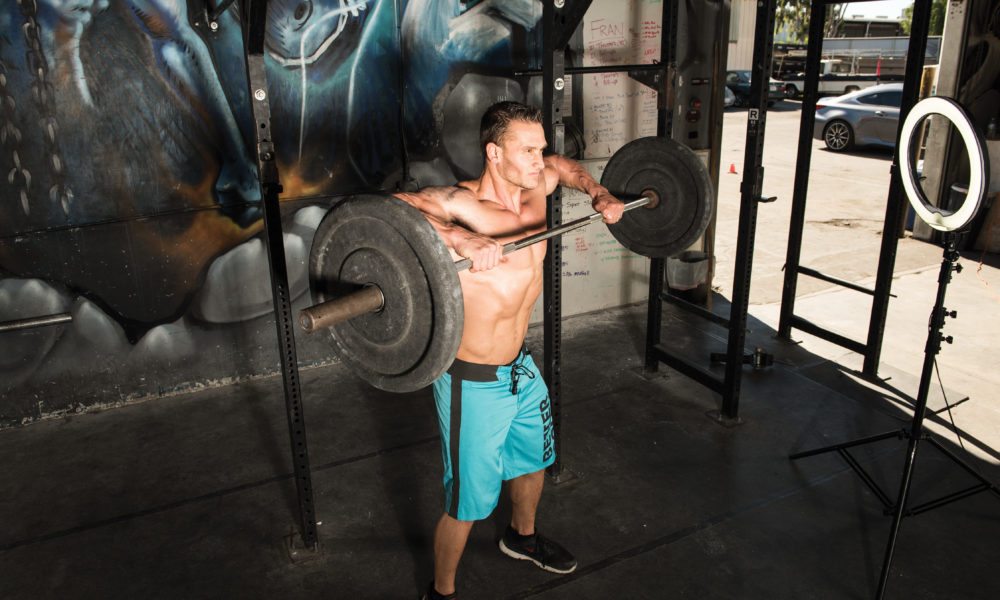

A fitness pro shares his method of finding balance in training.
By Thomas DeLauer
When we look at training splits, we always think about what bodyparts we’re going to hit that day, or what combinations we’ll train together. But it seems like we often overlook the concept of training for strength and aesthetics and how we can split the two in specific ways to help not only our overall look, but our performance as well.
Almost invariably, with greater strength comes greater mass and greater muscular density. So it would only make sense that we would like to capitalize on accumulating as much strength as possible. At the end of the day, if we aren’t getting stronger, there is little chance that we are putting on any significant muscle mass. This isn’t to say that you should go out and heave heavy weights around day in and day out, but it has its place.
In my mind, training for strength versus training for aesthetics boils down to your mental state.
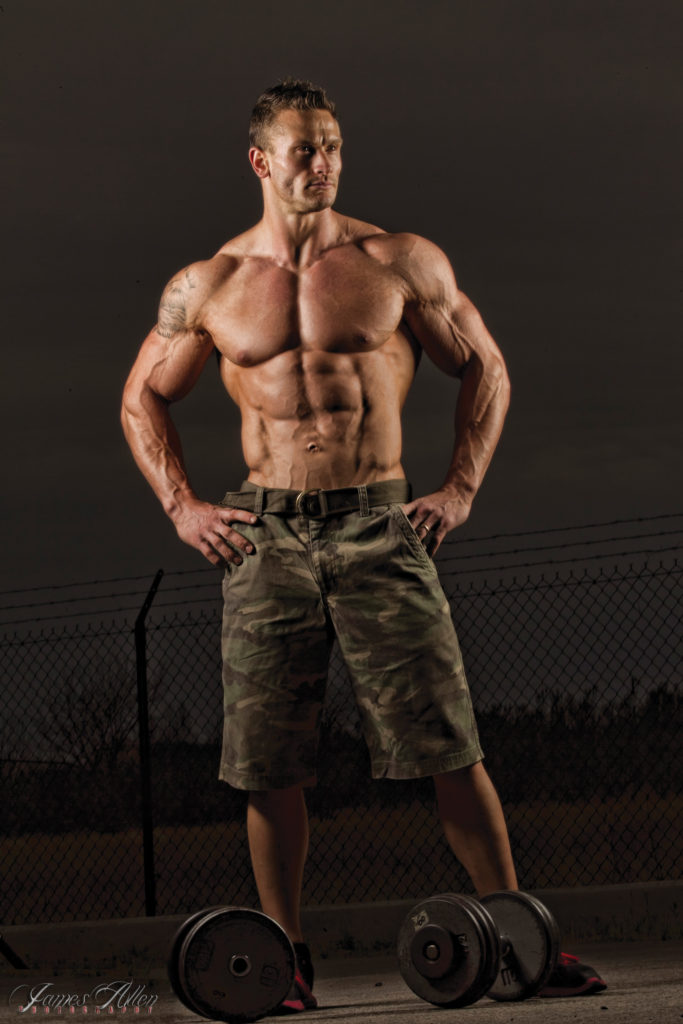
Let me ask you this: How many times have you been motivated by the fact that you’re getting stronger? You see your squat increase or your bench press inching its way up and it energizes you, right? It does something to your mind where you get mentally charged to chase those strength gains. This not only influences every day life, but it also trickles down into the more isolated movements that are geared for aesthetics.
It is precisely for this reason that I put myself through a period where I focus predominantly on strength followed by phases where I’m more concerned with shape and aesthetics. There’s a time to focus on strength and a time to focus on shaping the muscles. I want to take advantage of the times when I am strong. Eventually, that strength fizzles out and it’s time to reassess. After all, if we were all getting five percent stronger every single workout, we would all be bench pressing 800 pounds.
So the real question remains: Is there is a difference between lifting for strength and lifting “heavy”? In order to achieve a dense physique, you need to be hitting the heavy weights, but what defines lifting heavy (even when it’s relatively heavy, in other words, what is heavy for the biceps isn’t heavy for the quads) versus lifting “strong”? The answer is: Your mental state.
By focusing on strength, you allow yourself to lift those “heavier” weights but with something quantifiable. It adds a level of gamification to the process that gives you a number to strive for, that in due time, will add to your aesthetics.
Here’s a glance into how I periodize my overall layout when it comes to balancing my strength training with my aesthetics.
Weeks 1-2: Focus On Strength With Compound Movements
I like to begin my strength periods with compound movements because they recruit the most amount of muscle fibers. I can speak from my own experience when I say that big multi-joint compound movements like squats, bench press, and deadlifts, aren’t solely responsible for aesthetic physiques, but they’re certainly the exercises that build brute strength and encourage the metabolism to get cranking.
It is for this reason that I start off with a focus on compound movements. I focus my heavy exercises around these core movements and go lighter with the ancillary movements. For example, a chest day might look like this:
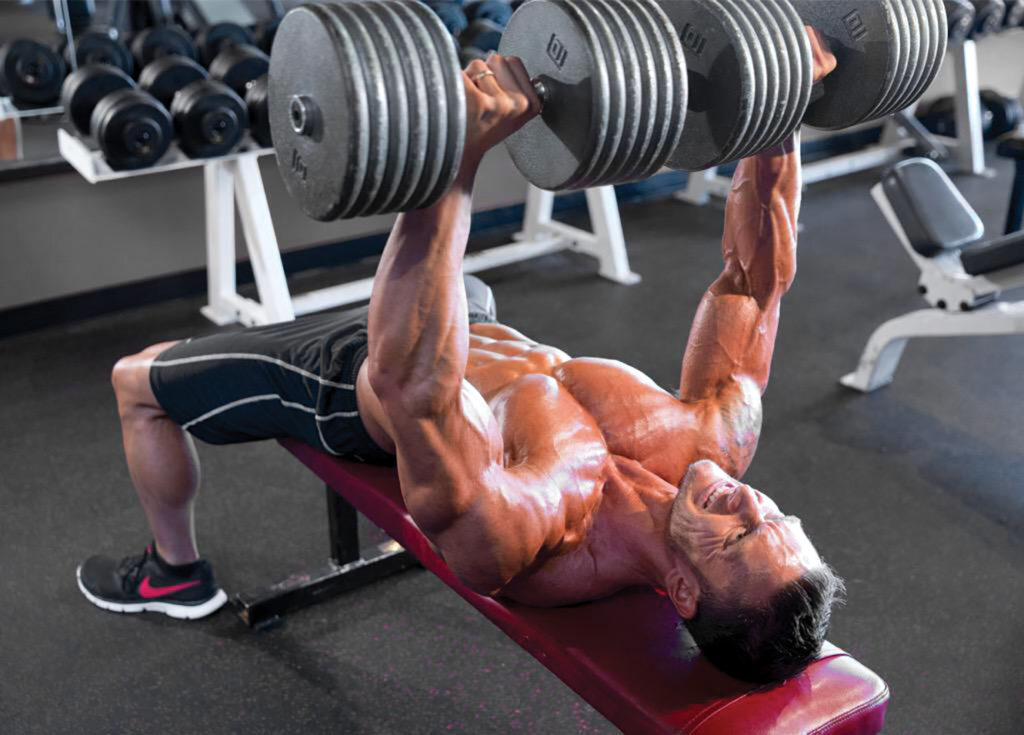
Dumbbell Bench Press (Compound): 4×6-8
Barbell Incline Bench (Compound): 4×8
Dumbbell Flyes (Isolated): 5×12
Machine Flyes (Isolated): 4×12-15
This allows me to focus on the quantifiable strength goal during this phase with a big compound movement that is proven to work. I then allow the smaller exercises to “finish off” the muscles in more of a polished way.
Weeks 3-4: Focus On Strength With Isolation Movements
At this point, rather than focusing on compound movements, I focus on the isolation movements, but working for strength. This way I’m complementing what I’ve already done in the previous weeks, but with a bit more isolation. I target the isolation exercises but give them a bit of the strength treatment in terms of load and rep range. For example, a back day in this phase looks something like this:
Barbell Bent-Over Rows (compound): 4×12
Deadlifts (compound): 4×12-15
Straight-Bar Pullovers (isolation): 4×8
Wide-Grip Lat Pulldowns (isolation): 4×8
Weeks 4-8: Focus: Focus On Isolation Movements And Mid-Rep Range For Aesthetics
These four weeks are devoted purely to aesthetics, which means focusing more on position of flexion as well as time under tension. We’ve accomplished building density and relative strength, and now we can focus more on the aesthetic side of things. Some techniques I might use in this phase are:
Negative Reps
Higher Repetition Sets
Drop Sets (reducing the weight after a set and continuing)
Rest-Pause Sets (short rest periods of 10 to 15 seconds with the same weight)
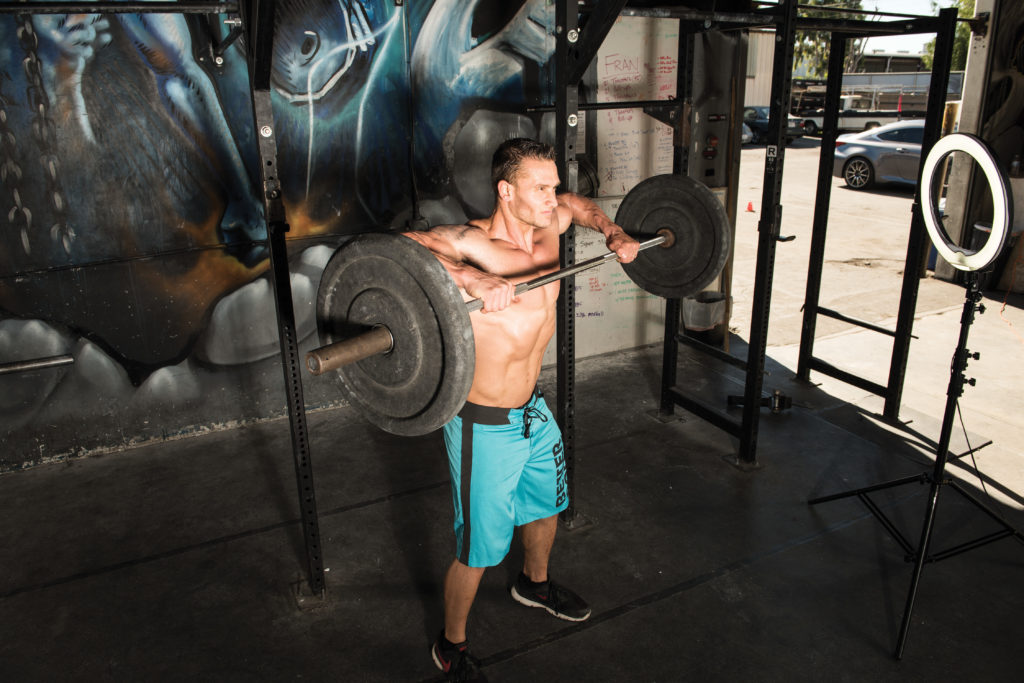
This is your chance to focus on a different repetition range and utilize the extra strength you’ve acquired over the last few weeks and use is to your advantage when it comes to achieving a peak contraction.
This eight-week periodization helps me achieve a well-rounded physique that is not only functional when it comes to throwing down some serious weight, but one that is aesthetically pleasing and creates the illusion of size, without the added bulk and weight to carry around.
Remember, what it all comes down to is living healthy. You don’t have to carry around 300 pounds of muscle to look like a Mack truck. You can look strong, dense, and healthy by finding the proper ratio between strength, functionality, and aesthetics. Just like anything, it’s a matter of finding the delicate balance. IM






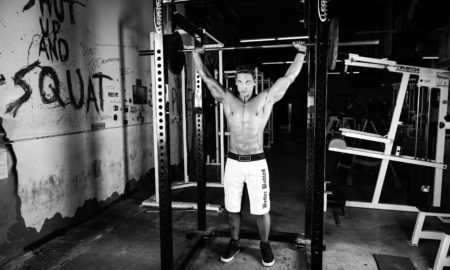
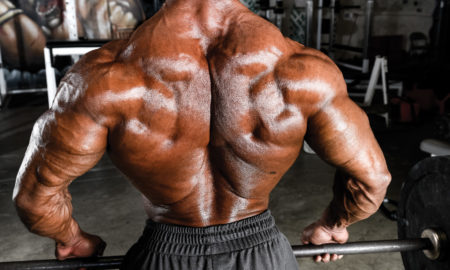














You must be logged in to post a comment Login